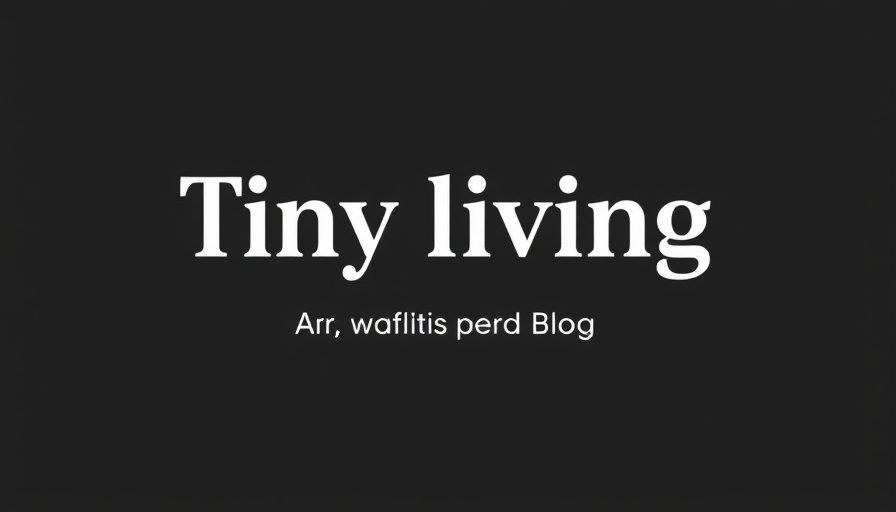
The Financial Perspective of Tiny Living
Transitioning to tiny living offers a unique opportunity to reevaluate one's financial strategy. As we embrace smaller spaces, it's essential to adapt our financial habits. This is where Mel Abraham's insights come into play, providing strategies that resonate with both tiny house dwellers and anyone aiming for more savings.
Micro Habits with Macro Impact
Mel Abraham suggests a simple yet effective approach to wealth building through manageable, daily habits. These habits, characterized as micro strategies, can create significant shifts in one's financial health over time.
Here are some strategies that can work for anyone, regardless of their living situation:
1. Automate Your Savings
Setting up automatic transfers for savings and investments is like putting your financial growth on autopilot. It removes the friction often associated with saving and investing. According to research, individuals who automate their savings have an average of 80% more saved compared to those who do not.
2. The Power of Awareness
Taking 30 days to track your spending without judgment can reveal surprising insights. Did you know that the average person spends over $1,500 each year on non-essential items without realizing it? Awareness allows for intentional financial choices—a vital principle in tiny living.
3. Delay Major Purchases
Employing the 24-hour rule before making significant purchases can curb impulse buying, which many struggle with. Studies show that most individuals make considerable impulsive purchases—an average of $276 monthly—leading to unnecessary spending.
Learning and Growth in Financial Literacy
Investing in your financial education can pay dividends. Those committed to learning about personal finance are five times more likely to acquire lasting wealth. This includes consuming financial literature, podcasts, and tutorials.
Consolidating Unexpected Income
Income from bonuses or gifts can be a trickier territory. Mel recommends establishing a plan when unexpected funds arrive. Celebrate modestly but ensure a significant portion is channeled into savings or investments—responsible habits that instill a growth mindset.
Adapting Mindsets for Tiny Living
This concept isn't just about saving, it's a shift in how we think about our finances. Tiny living encourages a more thoughtful consideration of our purchases and investments. For those aged 30 to 60, investing in these micro habits pays off drastically over time, allowing you to enjoy financial freedom without compromising your lifestyle.
Take Action
As you navigate the tiny living landscape, apply these micro habits to build wealth sustainably. Start with one or two strategies and gradually incorporate more to see the impact. These small steps today can lead to a solid financial foundation tomorrow, enhancing the joy of living in your tiny home.
 Add Row
Add Row  Add
Add 




Write A Comment